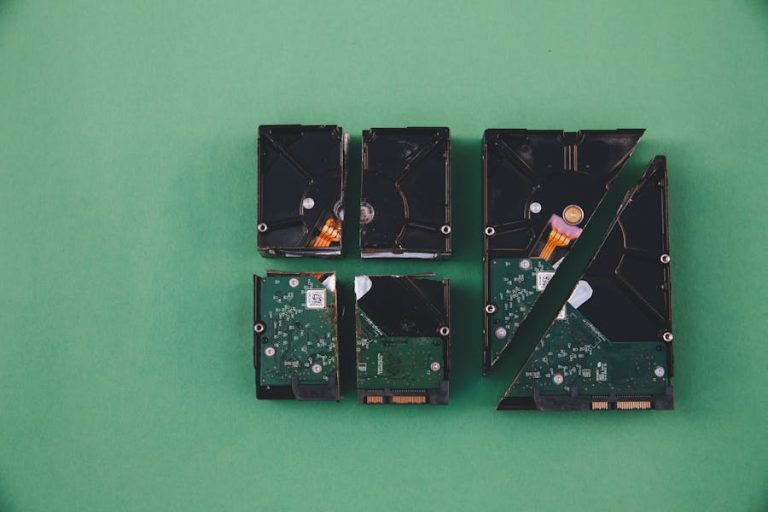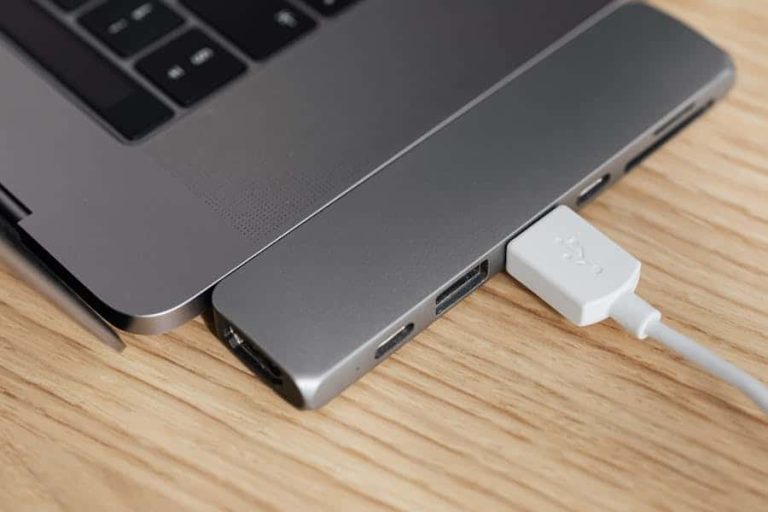Rental management of heavy machinery and construction equipment is pivotal to ensuring efficiency, cost-effectiveness, and operational continuity for construction projects. For stakeholders considering the rental option as opposed to purchase, it offers the advantage of immediate equipment availability without the need for substantial upfront investment. To effectively manage these rentals, specialized construction equipment rental softwares plays a crucial role. These systems assist the processes of tracking, scheduling or maintaining assets, making it easier on how to keep track of rental equipment.
Benefits of Renting Construction Equipment
Renting construction equipment presents several advantages, making it an attractive option for many contractors. Utilizing these tools not only enhances the management but also integrates various facets of the equipment rental business from inventory control to customer relationships. This comprehensive approach ensures that rental management is not only efficient but also contributes significantly to the overall productivity and return on investment in the heavy machinery rental sector.
Cost Savings
One of the primary benefits of heavy equipment rental is significant cost savings. Renting reduces the need for hefty upfront investments and eliminates many ownership costs such as insurance, storage, maintenance, and depreciation. This allows companies to allocate budget more efficiently across project needs.
Availability, Flexibility, and Versatility
Rental equipment offers unparalleled availability, flexibility, and versatility. Marketplaces provide access to a vast selection of equipment models from different suppliers. This ensures that contractors can find the most suitable options for their projects, including specific attachments and models tailored to job-specific requirements.
Access to the Latest Technology
Heavy equipment rental grants access to the latest machinery technology without the substantial price tag of ownership. This enables contractors to work with cutting-edge equipment, leading to improved efficiency and productivity on the job site.
Maintenance and Repairs
Responsibility for maintenance and repairs falls on the supplier when using a heavy equipment rental. This not only ensures that equipment remains in optimal working condition but also frees up resources for the contractor, reducing downtime and operational interruptions.
Reduced Storage and Transportation Needs
Another significant advantage of renting construction equipment is the reduced need for storage and transportation. Rental companies typically handle these logistics, allowing contractors to save on storage space and transportation costs, improving overall project management.
How to manage the rental of heavy machinery?
Maintaining an accurate and up-to-date rental equipment inventory is essential. This involves keeping track of all the machinery you have available for rent, including their specifications, condition, and availability. To ensure that you have the right information of the machinery on hand when your clients need it you can implement a reliable document management system such as Piko that can help you easily track your inventory and rental equipment is needed. Such tools help manage rental machinery in a smooth and efficient way.
Conclusion
In conclusion, the management of heavy equipment rentals is a multifaceted endeavor that necessitates thorough planning. Understanding the distinct benefits of renting construction equipment — such as cost savings, increased flexibility, and reduced storage needs — can significantly improve a construction equipment rental business’s operational efficiency.
Navigating the rental process with thoughtful consideration and the strategic use of specialized tools and software is paramount. Utilizing additional softwares can streamline procedures. These tools not only facilitate better decision-making but also enhance the overall rental experience.
Construction businesses that embrace these technological advancements stand to thrive in the competitive industry landscape. By incorporating robust software systems and integrating a focused approach to equipment rental management, companies can foster improved client relations, optimize inventory control, and witness a notable increment in rental revenue. Thus, a well-rounded strategy incorporating industry expertise and state-of-the-art rental software solutions is crucial for sustained success in the demanding field of construction equipment rental.
















